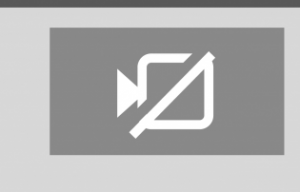DISTANCE LEARNING: CON: Should students be required to turn their cameras on in class?
November 2, 2020
When the turbulence of virtual learning first swept schools in the spring of 2020, there were few guidelines to follow in the online classroom. Now in fall, SCUSD has added new regulations, such as the expectation that students will have their web cameras on during instructional time. If a student does not turn on their camera, they run the risk of losing credit in some classes.
Credit should not be taken away because a student does not want to show their face. Credit is earned based on mastering skills and showing understanding of the material – as a reward for doing something that helps themselves or others – and not based on their face.
The default display for every school Google Meet or Zoom is a grid, showing classmates’ faces and their surroundings. This exposes their at-home learning environment to their peers, which can be both distracting and embarrassing.
For example, a family member could walk by, or a student could deliberately cause a disturbance on camera. Both of which would lead to a distracting spectacle and take away attention from the lesson.
Requiring students to turn on their cameras violates their privacy and exposes a piece of their personal lives. It exhibits many of a person’s hobbies and tastes, which they may not be comfortable sharing with their peers.
Additionally, not everyone wants to show off their home. Some are disorganized or not at their full potential, and they should have the option not to show it on camera.
Cameras are expected to be on to create an environment more akin to a classroom, but with the extra consequences that goal has been missed.
Virtual learning may not be ideal, but it is currently the best option that the district has for continuing the 2020-2021 school year. Setting the expectation, however, that cameras should be on during class time for all students is counterproductive and potentially detrimental to a student’s ability to learn.


